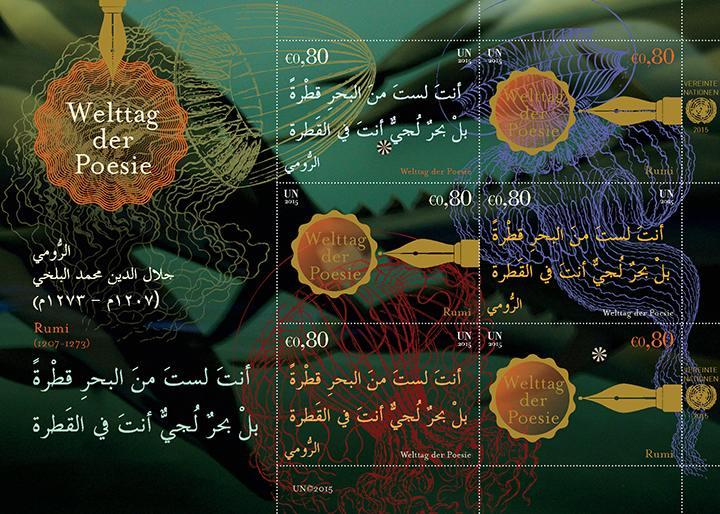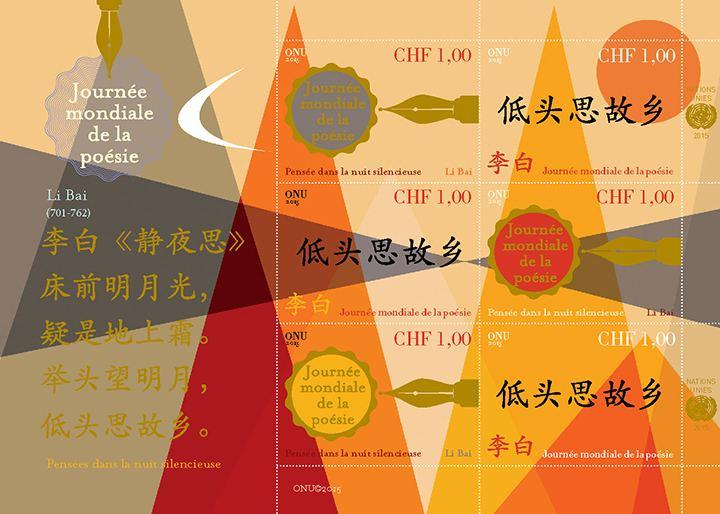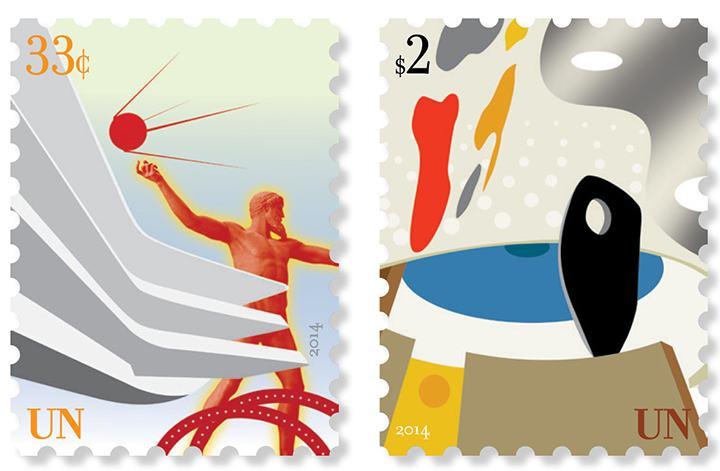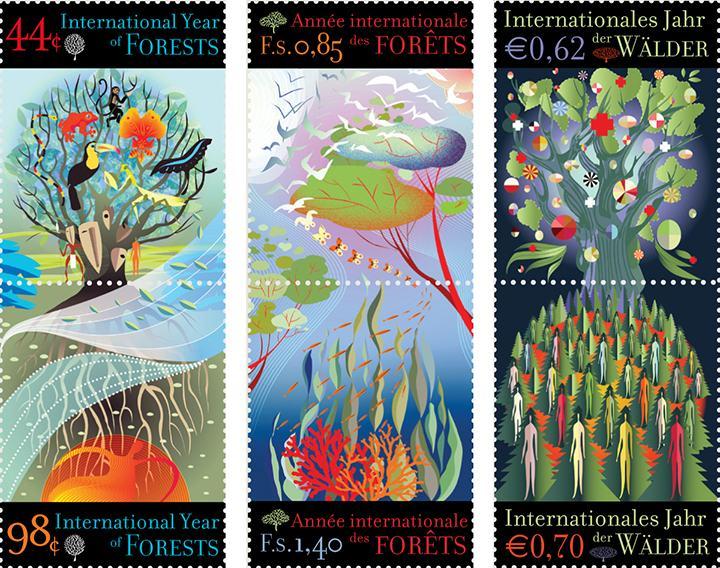The Q&A: Sergio Baradat
Q: Originally from Havana, Cuba, what are some of your favorite things about living and working in New York?
I have had an ongoing love affair with the city since I came here to attend Parsons. Even at its worst, the city is still heads above anywhere else.
My office is currently at The United Nations, so I do love that on a daily basis I get to be around amazing mid-century architectural gems. I also have an amazing work partner, Rorie Katz, who is a blast to work with.
Q: Do you keep a sketchbook? What is the balance between the art you create on paper versus in the computer?
A: Yes, I most certainly keep a sketchbook, an old Parson’s habit. It’s important to record your thoughts and ideas, so I refer to sketchbooks I did years ago and can find a drawing or idea, that I wasn’t quite ready for then, but can understand it now; so sometime it’s great to catch up with yourself. I use them as idea banks.
Everything I do on the computer starts with pencil and paper. I create many of drawings, which I fine tune using tracing paper. The finished drawings are scanned which I then use as templates for constructing an illustration.

Q: What do you like best about your workspace?
A: That it’s mine and I feel safe in it.
Q: Do you think it needs improvement, if so, what would you change?
A: Yes, I wish it were sunnier…. I’d be happy if my office was on the top floor of The Chrysler Building in full Art Deco splendor.
Q: What is the most important item in your studio?
A: Two items: my Cuban coffee maker and my Wacom tablet, in that order.
Q: What is your favorite part of the creative process?
A: My favorite part of the creative process is multifaceted: first, the initial joy and exuberance of tackling an assignment and second the process by which you find yourself traveling to unexpected places as the work unfolds. Lastly, the relinquishing of ego as the art creates itself and all you have to do is get out of the way.

Q: What was the strangest or most unusual assignment you’ve taken? What did you learn from the experience?
A: A few years ago, I was hired to create a piece of art illustrating a Toni Morrison story about female genital mutilation for the LA Times Sunday Magazine. The story was about a woman who travels back to her village in Africa to kill one of the elders who perpetrated the crime; a difficult subject indeed. From that experience I learned to not be intimidated by a subject and that any problem can be solved with a little thinking.
Q: What was your favorite book as a child?
A: As a child, my favorite book was From the Mixed-Up Files of Mrs. Basil E. Frankweiler. I loved the idea of camping out at The Metropolitan Museum and of discovering a lost Michealangelo.
Q: What is the best book you’ve recently read?
A: As Meat Loves Salt—a tale of lust, madness and obsession.
Q: If you had to choose one medium to work in for an entire year, eliminating all others, what medium would you choose?
A: That would have to be collage. I have always been a great fan of Kurt Schwitters.
Q: What are some of your favorite places/books/blogs/websites for inspiration?
A: As far as inspiring blogs, I like Pinterest. I get to discover new things on there all the time. I recently assigned a project to an illustrator in mainland China who I found on the site. I love going to the Met—there is always something great on display. I was just at the reopened Cooper Hewitt Museum and saw some amazing things.
Q: What was the painting or drawing or film that most affected your approach to art?
A: Inspirational works I remember as a child would be the “Caprichos” series of etchings by Goya, which I saw at the Prado in Madrid as a teenager. I also loved the work of Erté, and living in Miami, we had the Art Deco influence all around us. From the film Cabaret, I discovered Weimar Berlin.

Q: If you could be anywhere but where you are now, where would that be?
A: I would love to be with my chums sipping chilled Aquavit in the summer at Mälarpaviljongen, a bar on pontoons floating on the river in Stockholm, with a view of the old city in the distance at sunset.
Q: Where do you teach—and what do you like best about teaching?
A: I no longer teach but I did teach Illustration Concepts and Thesis in the BFA program at Parsons in New York for 12 years. I loved the collaborations I had with the gifted students; we taught each other a lot about our work.
Q: What advice would you give a young artist about applying to an art school or college?
A: Applying to art school: Understand that art is a business. One day you
will have to figure out how to finance the life you want.
Attending art school: Don’t be trendy; forget looking at other illustrators' work. Know about everything. Be fearless. Don’t
overestimatepeople, they are not as smart as you think. Experiment. Go out, have fun. Get laid. Give bisexuality a chance.
Q: What would be your last supper?
A: It would have to be Cuban style Shrimp Creole, with fried green plantains tostones. flan for desert. And Mojitos…many Mojitos.

Sergio Baradat: I’d like to think of my work as a marriage of neoclassic sensibility with a contemporary point of view. As an artist, I feel that I am at once an anthropologist, futurist, strategist, innovator and designer, striving to create beautiful images. In my work, I am attempting to seduce the viewer into looking at the familiar through a new lens.
I received a Bachelor’s in Fine Arts from Parsons School of Design in New York; and have been honored by awards from the American Institute of Graphic Art, the Art Directors Club of Los Angeles and New York, Print Magazine, Communication Arts, American Illustration [8 volumes], American Photography 26 and Society of Illustrators of Los Angeles.
My work is part of the permanent collections of The Cooper Hewitt Museum of Design, NY; The Postal Museum, Smithsonian, Wash, D.C.; The Cuban Heritage Collection, Miami, FL. The work has also been exhibited at The Walker Art Center, The Denver Art Museum and The Aronson Galleries in New York.
In addition, I have created countless postage stamps for the United States Postal Service and for The United Nations Postal Administration.





